













THREE COLOURS: SHADOW [TRÊS CORES: SOMBRA]
at Galeria Municipal de Arte, Almada, Portugal
CASA DA CERCA - CONTEMPORARY ART CENTRE
Curated by Filipa Oliveira
On View: 17 June 2023 → 21 October 2023
Press Release of the exhibiton
Film of the exhibtion
Krzysztof Kieslowski's trilogy of the three colors (Blue, White, and Red) were films that marked my youth. Blue and Red, in particular, with two extraordinary protagonists - Irène Jacob and Juliette Binoche - spoke to me of a deep melancholy and a need for connection. Kieslowski takes special care with staging, with gesture, with the importance of color as experience, or perception, of the world.
In the exhibition "Three colors: Shadow" Evy Jokhova makes a direct reference to Kieslowski's trilogy, transforming the meaning of colors, proposing new reflections. Shadow is the second moment of Jokhova's trilogy, but what color is this? Scientifically, Shadow is not a color, it is rather the color of the surface where it incurs only darker.
In 1704 Newton wrote Optics where he explains that color is a physical phenomenon that comes from light. Shortly thereafter, Goethe proposed the Color Theory, disagreeing with Newton, and stating that color is shaped by perception, light, and darkness. "Color is a degree of darkness," he wrote. Goethe thinks of color through our experience of it and the emotion it provokes. Thus, we can think of shadow as a color that transforms and adapts, a kind of chameleon.
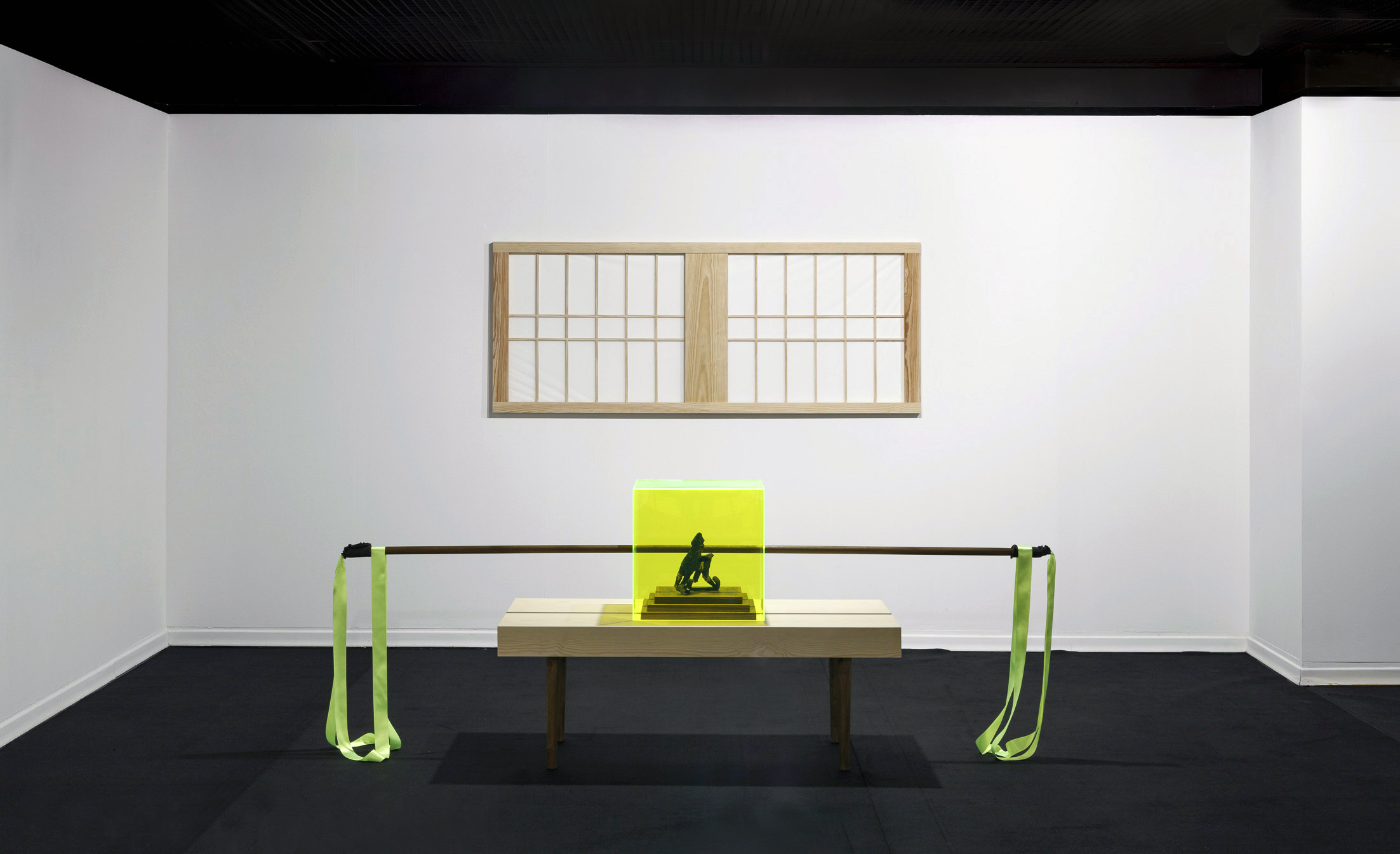
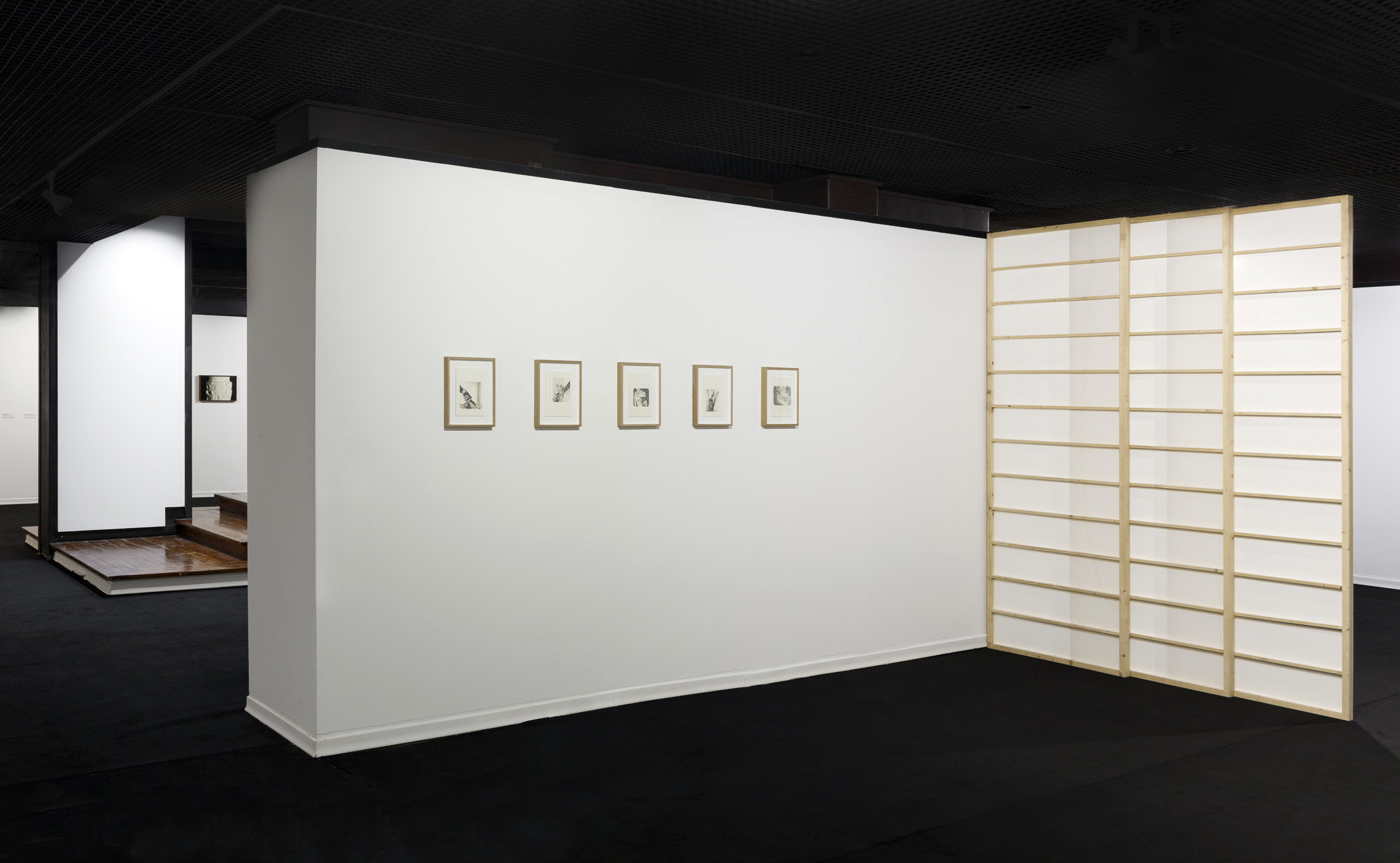

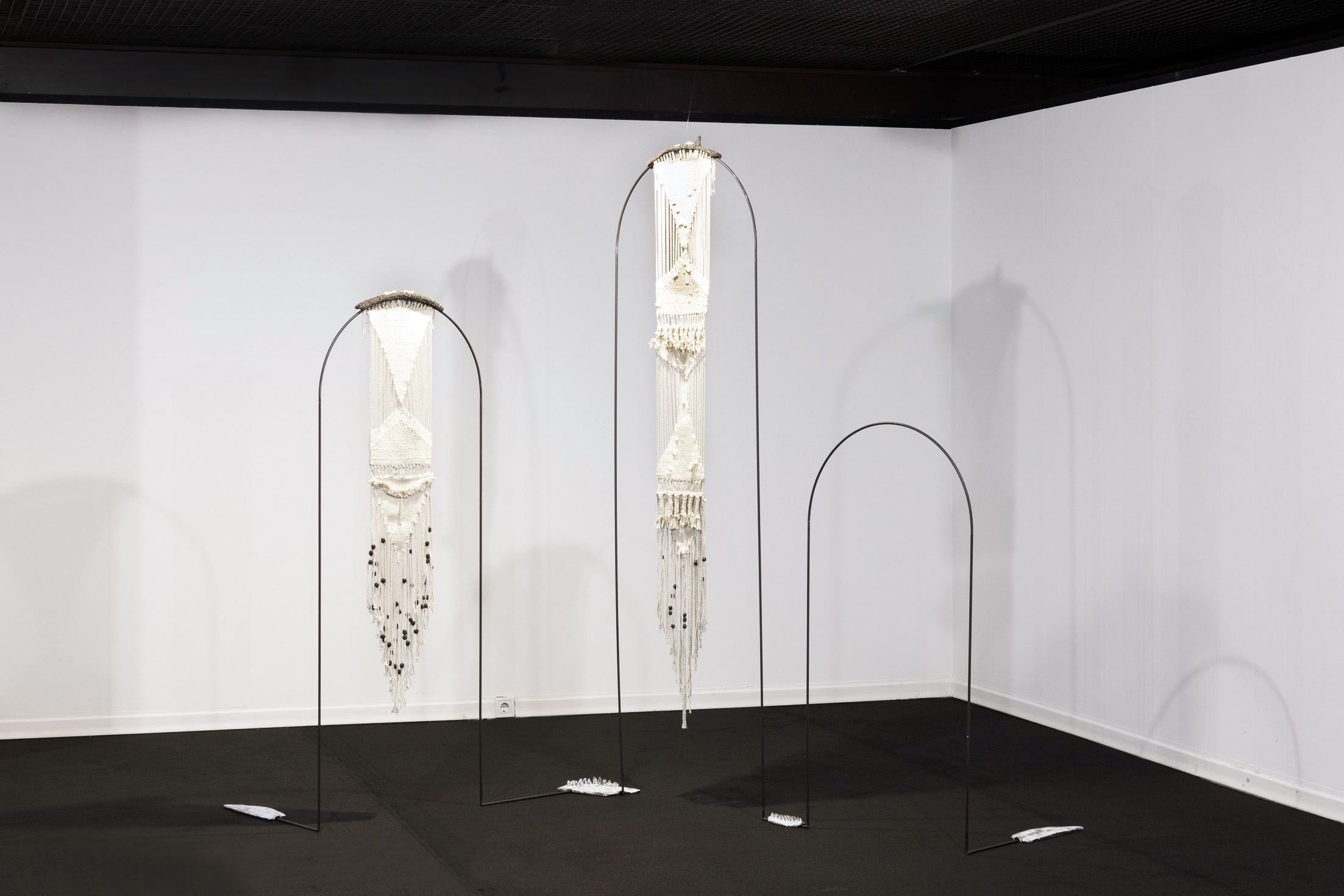













In the exhibition, Shadow is the color of interiority, of home, of secrets and intimacy. It is the color of small gestures, of slow, almost imperceptible movements. It is the color of the double of each visitor as they stroll through the space.
Back to literature, in 1933 Junichiro Tanizaki wrote an essay entitled "In Praise of Shadows" in which the Japanese writer criticized the excess of light in the West, the exuberance of colors, defending an oriental aesthetic of recollection, of detail, of deviation.
Jokhova explores this possibility of deviation, of concentration on minute details. Nothing is exuberant, nothing is excessive. All the works dwell on small movements. Perhaps because of this, the hand is the protagonist of the drawings. Beyond the superficiality of light, indoors, in the shadows, we find an aesthetic of care, of attention. An ambiguous universe, strange, disconcerting, with recurrent sexual allusions. A universe of scarring too, of repair, of the imperfections that define our identity, that make us more resistant, that help us face adversity.
And it is in this shadow that we sit at the table, that we celebrate our different bodies, transformed (by what we eat, but by time, by life). At this table that praises shadows, we drink tea, we meditate, we listen to poetry, we look into each other's eyes, we watch the movements of hands. We eat bread, rituals of the daily life of a house, rituals intensified by the awareness of the presence, or absence, of the other.
- Text by Filipa Oliveira


“I live among luminous and vague forms that are not yet darkness (…)
This penumbra is slow and does not hurt; it flows down a gentle slope and resembles eternity.”
- In Praise of the Shadow, Jorge Luis Borges


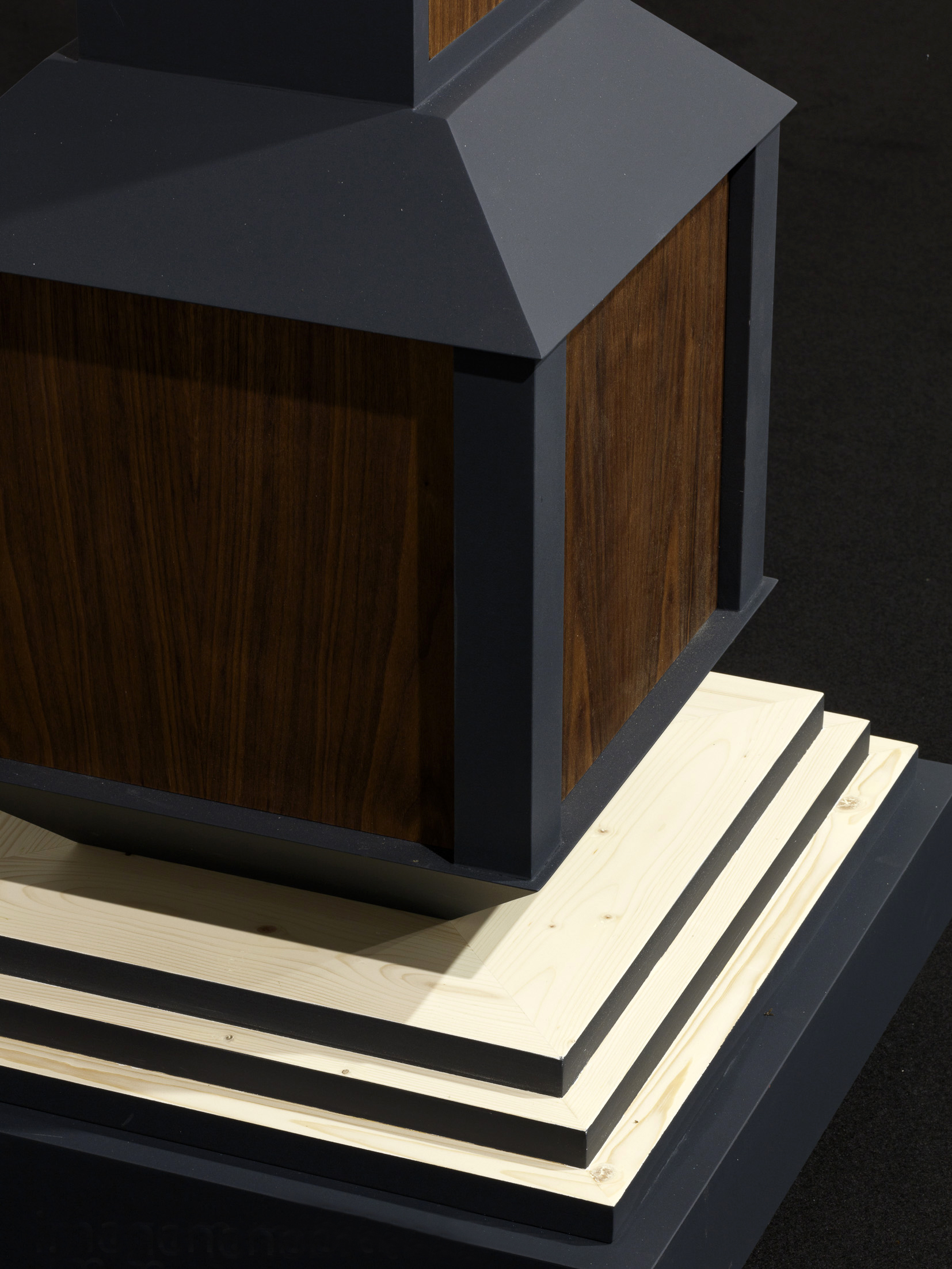



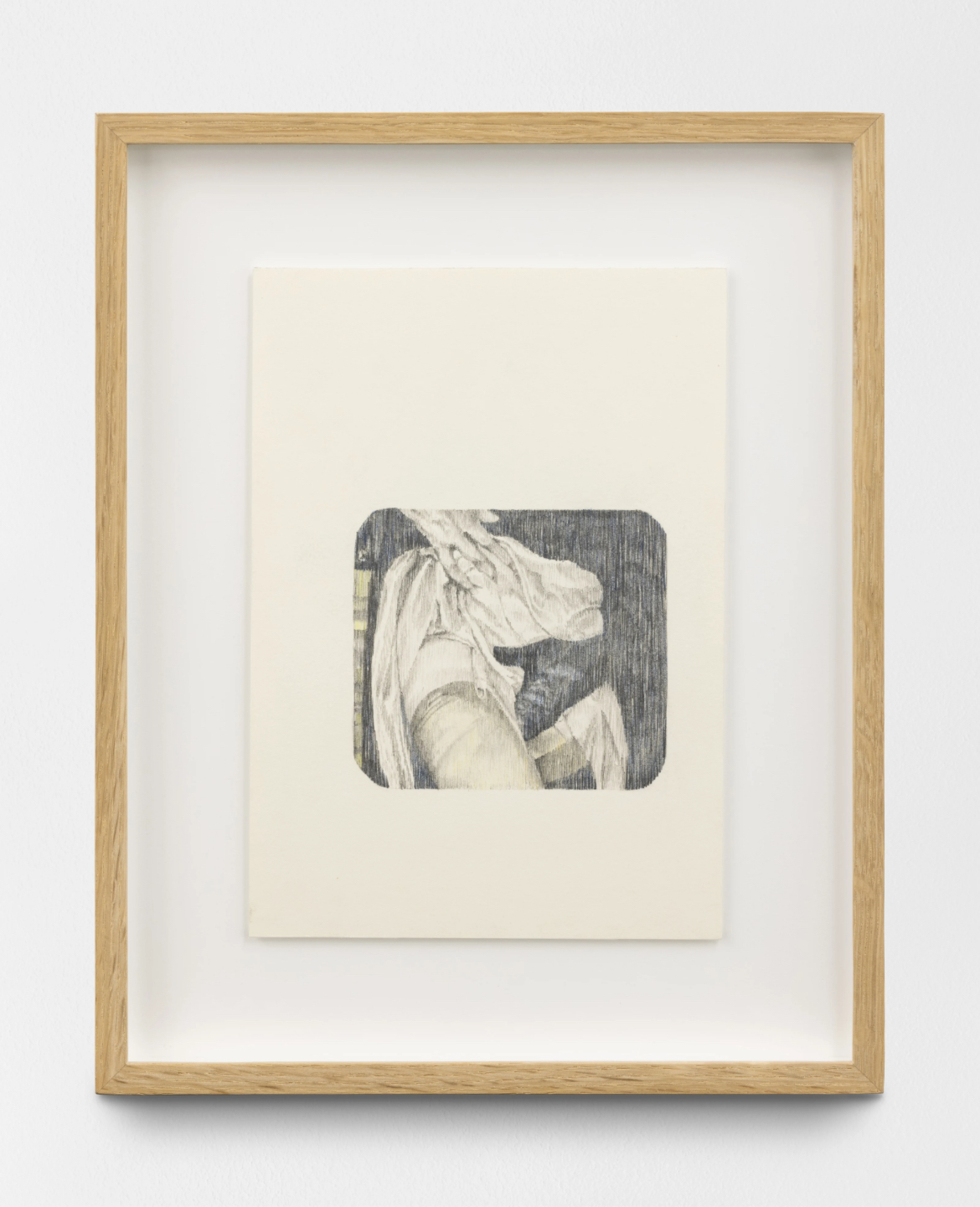
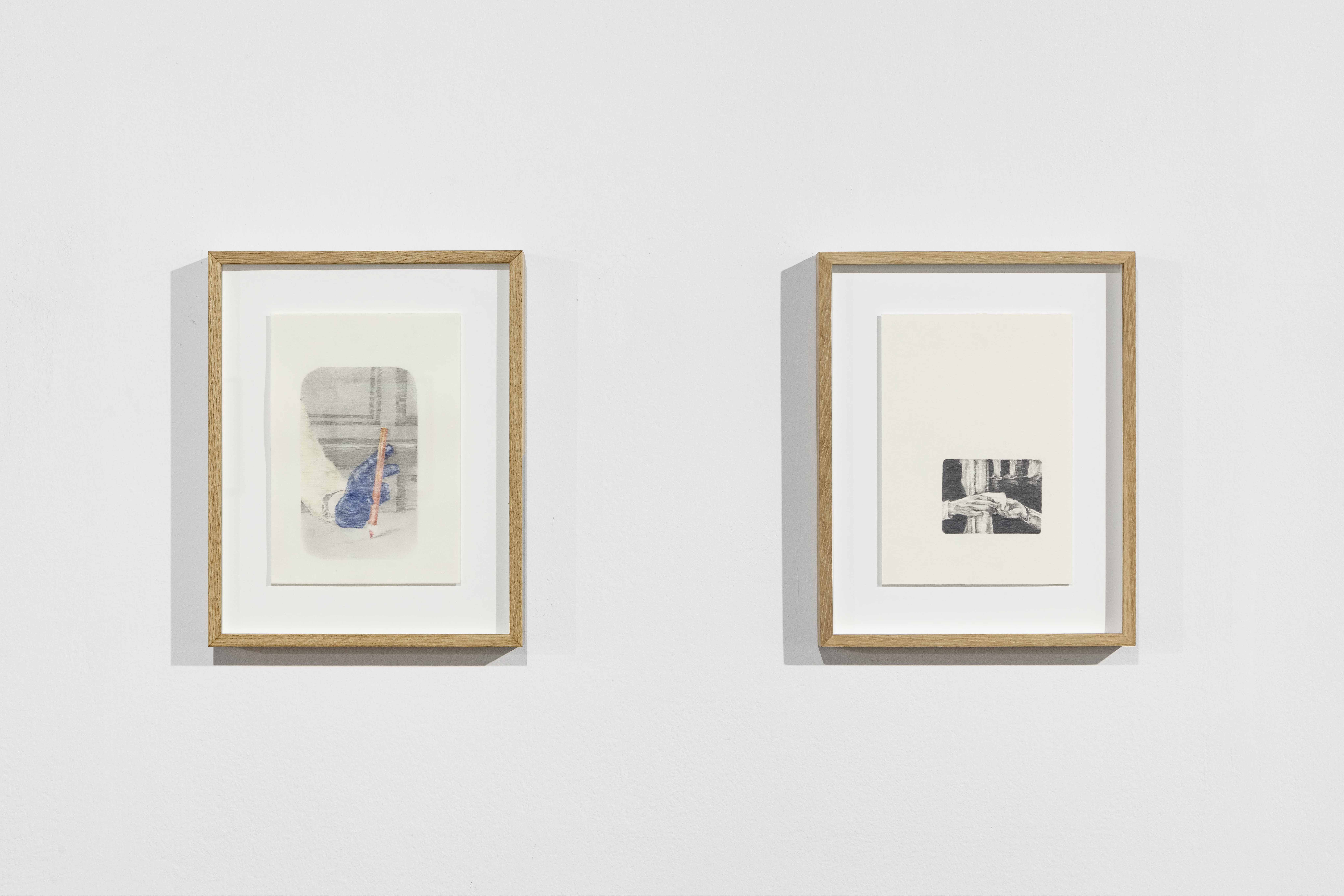
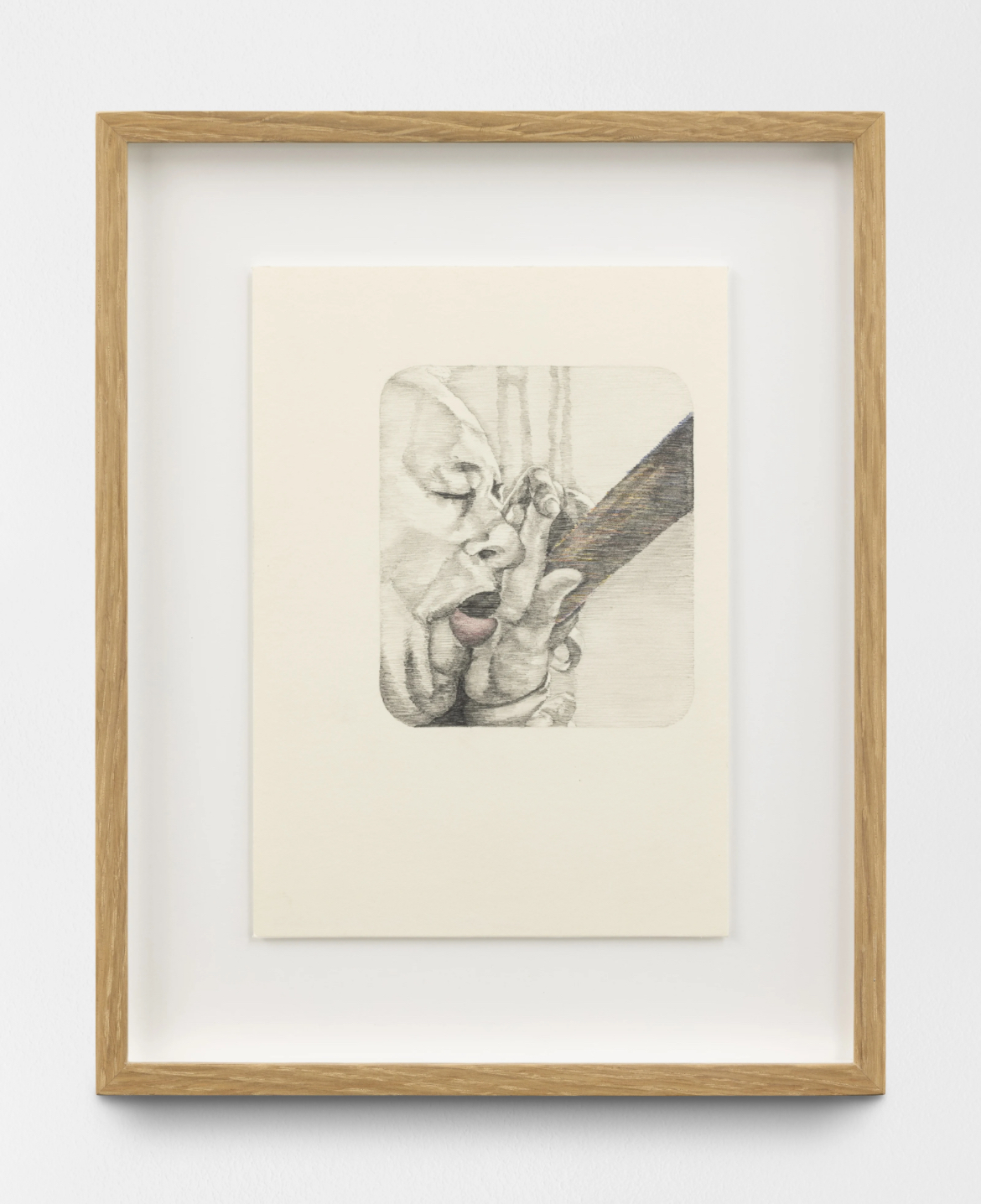







Image credits António Jorge Silva






